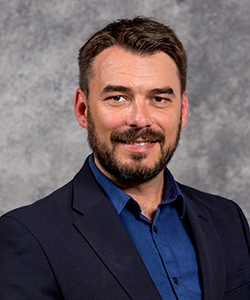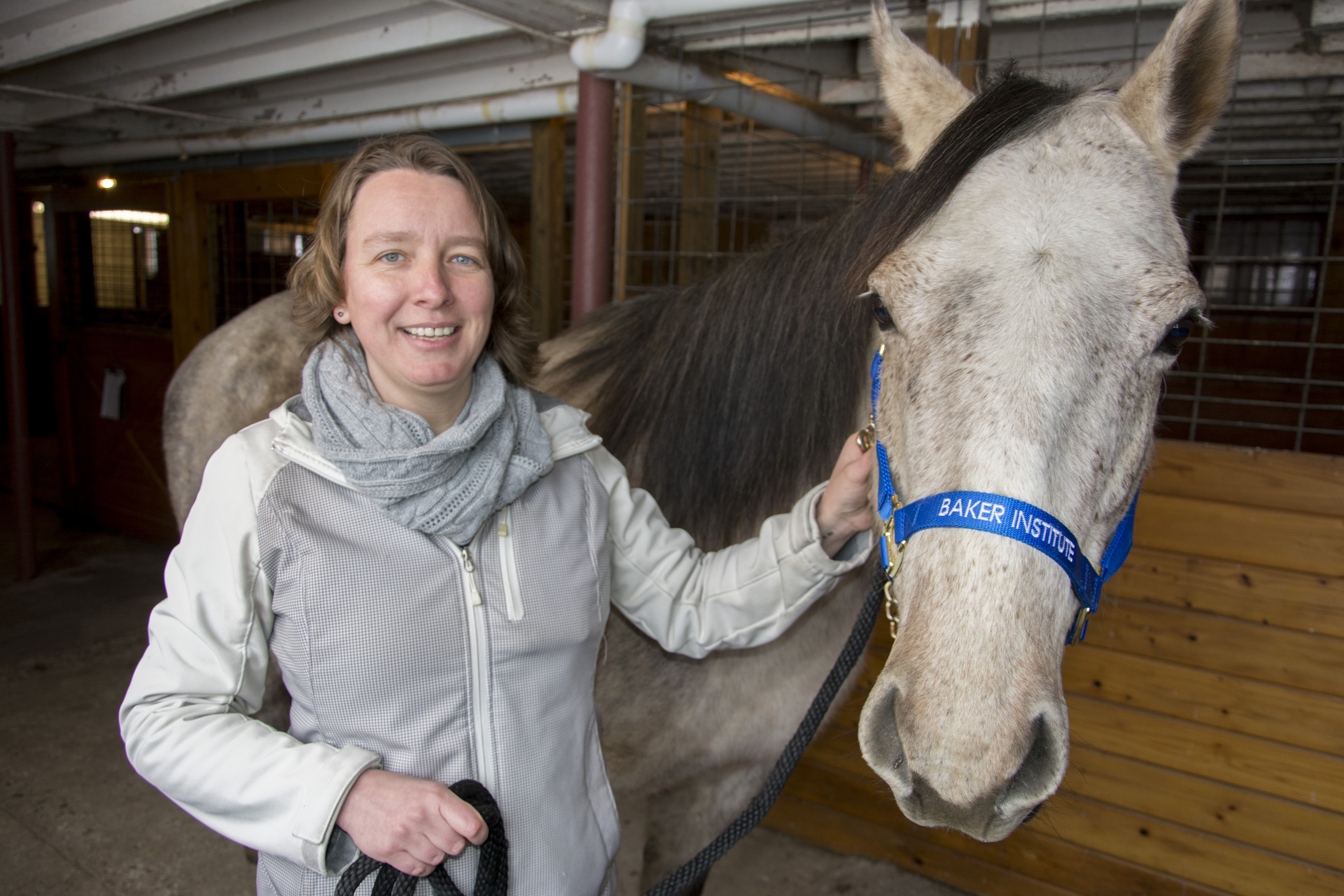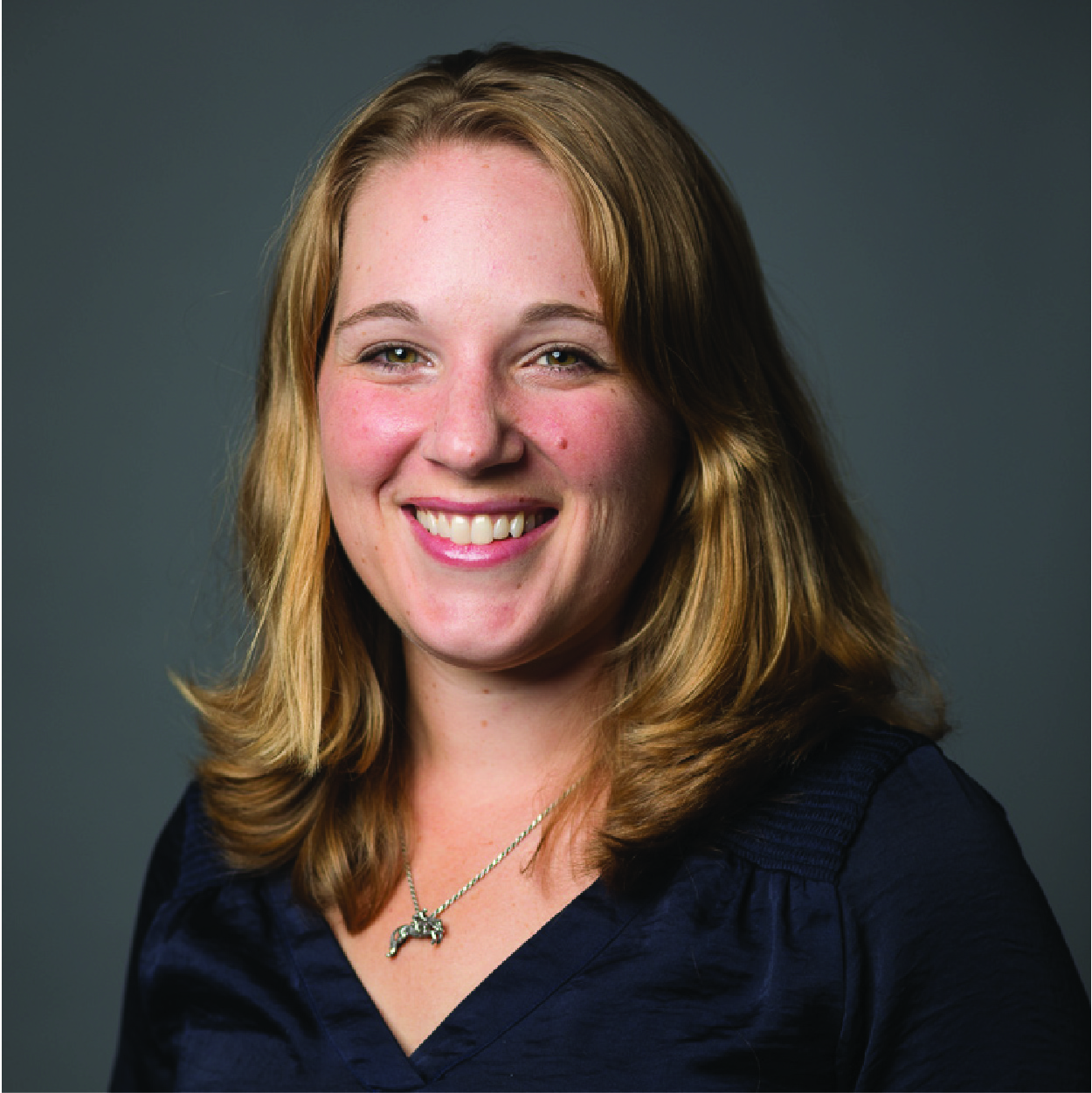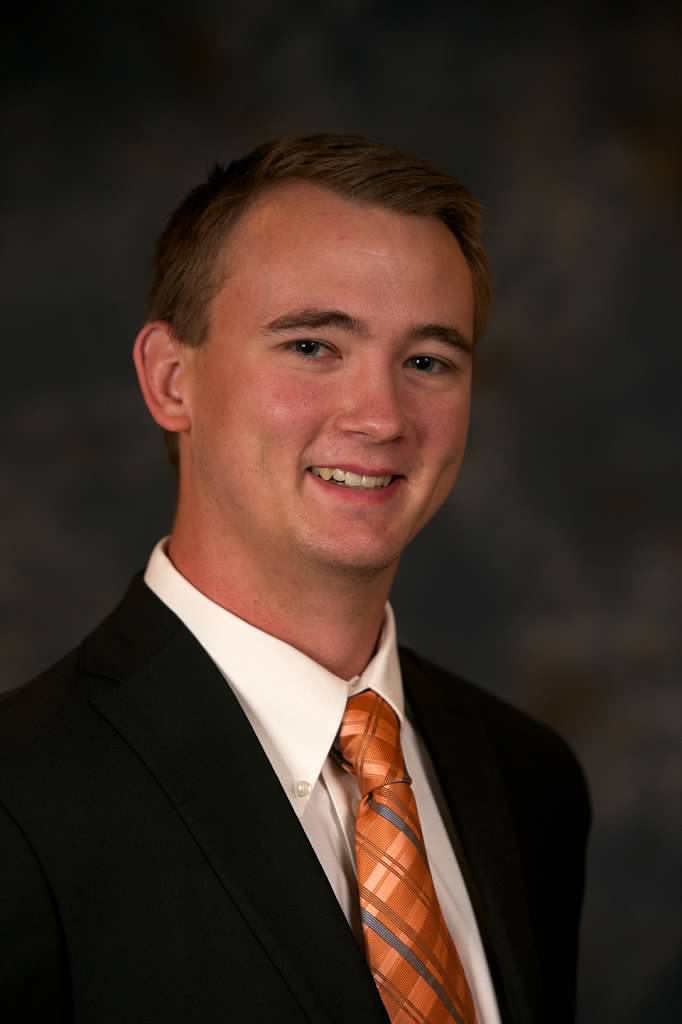College sees new wellspring of funding from USDA
The College of Veterinary Medicine (CVM) is getting in touch with its roots. While CVM has long been a major recipient of biomedical research grant funding — ranking second in NIH grant annual award funding among veterinary colleges — this year has seen a notable increase in grants from the United States Department of Agriculture (USDA), a hat tip to the college’s earlier focus on serving the livestock and agricultural industries. Eight new grants totaling over $5.2M have been awarded to college faculty — a record total of USDA grant dollars for the college.
“Our activities as a veterinary college tie in closely with the objectives related to agricultural animals,” says Dr. Robert Weiss, associate dean of research and graduate education, “but it is not an area where we’ve had this level of funding in the recent past. It’s terrific to now see our faculty gaining that recognition and support.”
Dr. Yrjö Gröhn, James Law Professor of Epidemiology and longtime recipient of USDA funding, is excited to see this recent uptick. “I don’t remember a year where there have been so many USDA awards,” he says. Not only is this a great benefit to the college, it’s a great accomplishment for the faculty member, Gröhn adds. “Getting these grants is a really exciting thing for an investigator, and it often leads to more awards in the future.”
The expertise of CVM scientists aligns closely with the USDA’s focus areas: food, agriculture, natural resources, rural development and nutrition. This alignment, along with early momentum gained from CVM’s internal grant programs, have college researchers to secure grants that span the breadth of USDA priorities — from improving livestock health and genetics, to thwarting foodborne pathogens and antimicrobial resistance, to understanding impacts of rural veterinarians.
Battling Infectious Disease in Livestock
Infectious disease in livestock remains a serious concern for the U.S. animal agricultural industry. With the aid of USDA funding, college researchers are putting their expertise in virology, microbiology, immunology and epidemiology to solve several pressing issues.

The dairy industry faces an emerging threat from Salmonella Dublin, a bacterial pathogen which causes severe disease outbreaks with high mortality, and also poses a
considerable threat to public health. Control of this disease is uniquely challenging because infected cattle can become carriers, shedding Salmonella Dublin in feces and milk on a long-term basis. “There are significant gaps in our understanding of the epidemiology of this pathogen,” says Dr. Kevin Cummings, associate professor in the Department of Public and Ecosystem Health. He looks to close some of those gaps with his USDA grant, studying novel testing methods and sample types to characterize Salmonella Dublin transmission in dairy cattle. Through this work, Cummings hopes to develop new diagnostic protocols for rapid detection in readily accessible clinical samples, and also provide evidence-based management strategies to reduce the spread of this disease within and among dairy farms.
Dr. Craig Altier also tackles Salmonella bacteria in his USDA-funded project, but from a different, molecular angle. His research focuses on how the bacteria leverage the

molecular signals from host gut microbiota to better infect the host’s intestinal tract. “As an exquisitely adapted pathogen, Salmonella has evolved to exploit the intestine of the host animal,” Altier says. Specifically, his team looks to understand how Salmonella “listens in” on the host’s gut microbiota to its benefit. Key microbiota metabolites, called diffusible signal factors (DSFs), help Salmonella identify its niche within the gut and adjust its gene expression to boost survival and colonization. “The long-range goal of our work is thus to understand how the environment of the intestinal tract, produced by the microbiota, affects Salmonella virulence,” says Altier. “We hope that this will lead to improved practical measures to control the disease.”
The swine industry also faces significant infectious disease threats—including swine influenza virus (SIV). SIV currently causes millions of dollars in losses to the pork industry

worldwide and is a zoonotic agent that that can transmit between pigs and people. To complicate things, SIV mutates frequently, resulting in new variants as the virus circulates in swine populations worldwide. Dr. Diego Diel, associate professor in the Department of Population Medicine and Diagnostic Sciences, specializes in virus host-interactions, disease pathogenesis and viral vaccine development, and is using his USDA grant to develop new vaccines for SIV that are likely to provide broader protection and hopefully improved immunity against emerging SIV strains or variants. “Improved (broadly protective) vaccines would lead to reduced disease burden in swine,” he says, “and could reduce the risk of zoonotic transmission of the virus to people.”

In the equine industry, Equine parvovirus-hepatitis (EqPV-H) and Equine hepacivirus (EqHV) circulate widely among horses, usually without observable illness. Occasionally, however, they will cause liver failure and often death. Dr. Joy Tomlinson, a clinical researcher and equine internal medicine specialist, has contributed to groundbreaking discoveries on equine hepatitis viruses. Jointly with her mentor Dr. Gerlinde Van de Walle with the Baker Institute for Animal Health, her two USDA grants investigate the epidemiology of EqPV-H and EqHV circulation in horses, including transmission routes, prevalence and how many individuals are persistently infected versus how many clear the virus. “We aim develop a foundation for equine viral hepatitis diagnosis, prevention and control,” says Tomlinson. “Determining the epidemiology, transmission and pathogenic burdens of the viruses, and risk factors for severe disease, can drive future development of vaccines, treatments and management strategies, including governmental regulations.”

Van de Walle has also secured a second USDA grant to tackle a serious issue that threatens all agricultural animal industries: antimicrobial resistance. This expanding public health concern is exemplified by methicillin-resistant S. aureus (MRSA); increasing evidence indicates that agricultural animals may act as reservoirs and shedders of MRSA, and animal-human interspecies transmission has been reported worldwide. To address this issue, Van de Walle’s team will study the antimicrobial effects of bioactive factors secreted by mesenchymal stromal cells (MSC), a type of adult stem cell. The team will study the effects first at the lab bench and eventually in horses. “Successful outcome of this grant will reduce the use of conventional antibiotics in veterinary medicine and will provide alternatives for the treatment of antibiotic-resistant bacteria,” says Van de Walle. While the study focuses on horses, it also paves the way for future studies in other species.
Dairy cow reproduction and welfare
Dairy remains a cornerstone of the American diet and economy. Improvements in genetics, reproduction, and welfare can translate to multifold benefits, both for animal health and industry economics.
As a theriogenologist, Dr. Soon Hon Cheong, associate professor in the Department of Clinical Sciences, is using his USDA grant to study cryopreservation of dairy cattle embryos
—an instrumental technique in improving breeding strategies in the dairy industry. However, the approach is associated with several technical challenges, particularly during the cooling and warming process. “There are significant gaps of knowledge on how cryopreservation causes damage, particularly during the warming process,” says Cheong. “The advancements in our understanding of ice formation on cooling and ice growth at warming will be invaluable for mitigating cryodamage due to intracellular ice.” His project will utilize the Cornell High Energy Synchrotron Source to study factors that affect intracellular ice formation during the cooling process, and how the cryopreservation process impacts ice growth during thawing.
Dr. Sabine Mann, assistant professor in the Department of Population Medicine and Diagnostic Sciences, is studying dairy cows under the Welfare and Well-being of Agricultural
Animals program priority of the USDA. Currently, newborn dairy calves are separated from cows at this time to avoid exchange of pathogens, limit injury and reduce greater separation stress. However, there isn’t a clear body of evidence to support the practice. Mann now leads a multi-institutional evaluation of the effects of feeding calves transition milk from their dams either by bottle or by allowing them to nurse from their dams (delayed separation). The team will examine how a delayed separation impacts cow and calf behavior, health; milk production and more--providing critical evidence needed to determine best practices for newborn calf management. Their findings can also help address increasing consumer concern over the practice of early separation of calves and cows. “This scientific re-evaluation of a current and widespread animal agriculture production practice will enable better management approaches to safeguard animal welfare and sustainable production,” says Mann.
Examining Impacts of Veterinary Medicine on Rural America
Every agricultural animal industry is primarily based in rural regions of the country—however, these areas have seen greater and greater economic decline as many other industries have dried up and more of the workforce migrates to metropolitan zip codes. Veterinary businesses face the same geo-economic forces, and these shifts have untold impacts on the regions they serve.
Veterinary economist, Dr. Clinton Neill, assistant professor in the Department of Population Medicine and Diagnostic Sciences, will use his USDA grant to examine the state of the rural veterinary industry across the country, specifically determining the economic contribution of veterinary business in rural communities in comparison to urban counterparts. Additionally, it will identify the market forces that contribute to the economic hardship and

shortages currently experienced across the rural veterinary industry. “The increasing number of USDA-defined shortage areas of veterinarians and the ever-decreasing number of rural practices threatens the safety of the domestic food supply, the health of all animals and humans, and the economic prosperity of rural communities,” he says. “This grant will better characterize the problem by proactively determine shortage areas based on human/animal populations, providing evidence of the importance of veterinary business to the economic health of rural communities, along with evaluating current and alternative policy solutions to the problem.”
As the drumbeat of one health — the connection between human, animal, and planetary health — continues, relevant research projects will only gain more momentum. At CVM, these eight new USDA-funded projects look to usher in a new era of focus and support. “We likely will see more CVM research activity in the agricultural realm moving forward,” says Weiss. “The College is well positioned to make transformative advances in this area, and I anticipate continued success from these investigators.”
Written by Lauren Cahoon Roberts
Photos: CVM




